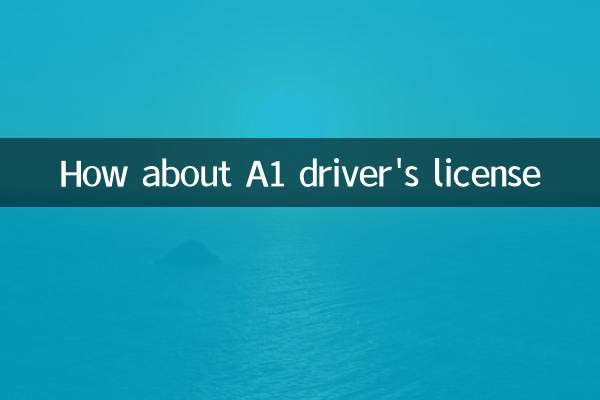How did the bus start
With the arrival of the peak summer tourism season, buses, as an important means of transportation, have attracted much attention. This article will analyze the bus start process in detail based on the popular topics and hot contents of the entire network for the past 10 days, and will accompany relevant data and analysis.
1. Basic process for bus start

The start of the bus is not a simple "ignition" operation, but a rigorous process involving multiple steps and inspection links. Here are the common startup steps:
| step | Operation content | Things to note |
|---|---|---|
| 1 | Check the appearance of the vehicle | Ensure there are no abnormalities in the tires, lights and body |
| 2 | Check oil and water temperature | The oil volume must be sufficient and the water temperature must be within the normal range |
| 3 | Insert the key and power it up | Wait for the dashboard self-test to complete |
| 4 | Press the clutch (manual gear) | Reduce engine load during startup |
| 5 | Turn the key to start the engine | The startup time should not be too long to avoid damage to the battery |
| 6 | Check the dashboard indicator light | Make sure the fault-free light is on |
2. Analysis of popular topics across the Internet
In the past 10 days, the topics about bus start and safety have mainly focused on the following aspects:
| topic | Popularity index | Main discussion content |
|---|---|---|
| Bus start failure | 85 | Battery loss, starter motor failure, etc. |
| New energy bus starts | 92 | The difference between the start process of electric buses and traditional cars |
| Driver operating specifications | 78 | Inspections and standardized operations before starting |
| Precautions for starting high temperatures in summer | 88 | Prevent engine overheating, tire blowout, etc. |
3. Starting characteristics of new energy buses
With the popularization of new energy technology, the starting method of electric buses is very different from that of traditional fuel vehicles:
| Comparison items | Traditional fuel bus | Electric bus |
|---|---|---|
| Startup method | Key ignition | Button start |
| Preheating requirements | need | unnecessary |
| Noise level | Larger | Extremely small |
| Startup time | 3-5 seconds | immediate |
4. Frequently Asked Questions and Solutions for Bus Starting
According to recent maintenance statistics, the following are the most common problems when buses start:
| question | Incidence rate | Solution |
|---|---|---|
| Battery loss | 32% | Replace the battery or power on |
| Fuel system failure | 25% | Check oil pumps and filters |
| Starter motor failure | 18% | Repair or replace the motor |
| Circuit problem | 15% | Check fuses and wiring |
| Other questions | 10% | Professional maintenance |
5. Safe driving advice
To ensure the safe start and operation of the bus, the driver should pay attention to the following matters:
1.Daily check: Conduct a comprehensive inspection of the vehicle according to the inspection form, especially the brake system and tire status.
2.Regular maintenance: Replace engine oil, filter and other consumable parts strictly in accordance with the maintenance cycle.
3.Emergency preparation: The vehicle is equipped with emergency tool kits, including wires, fire extinguishers, etc.
4.Weather adaptation: Take corresponding activation protection measures in extreme weather (such as high temperatures and severe cold).
5.Standardize operation: Start the vehicle strictly in accordance with operating procedures to avoid mechanical damage caused by improper operation.
Through the above analysis and data, it can be seen that the start of a bus is not only a simple mechanical operation, but also related to driving safety and the safety of passengers' lives and property. With the advancement of technology, the popularity of new energy buses will change the traditional startup method, but the requirements for safe operation will never change.

check the details